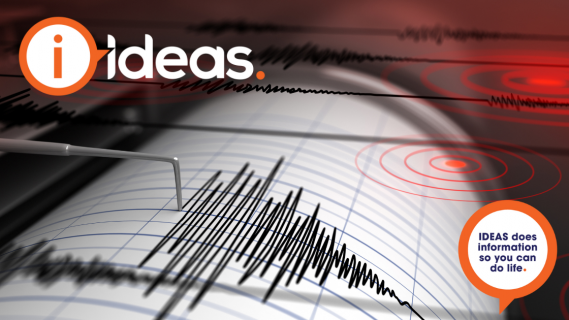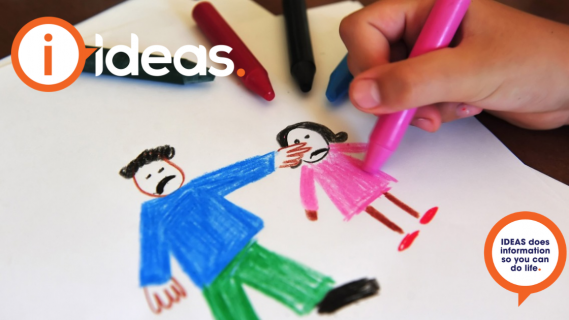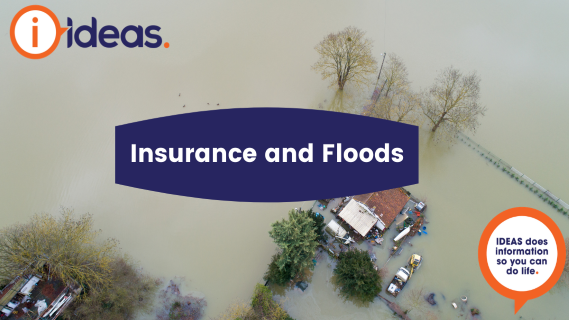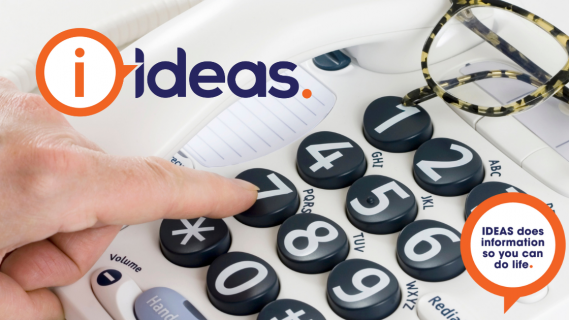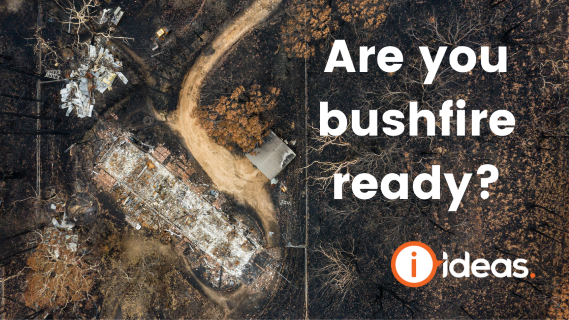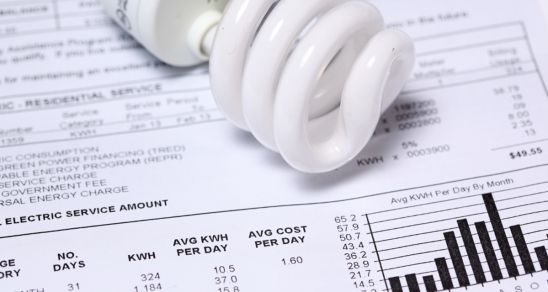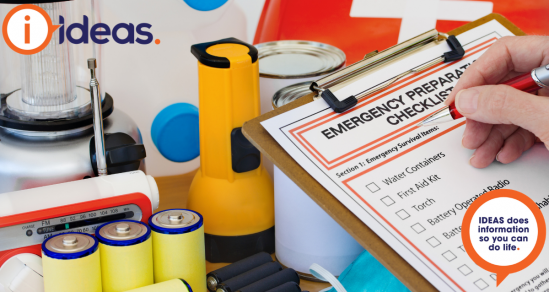Flooding events can be dangerous for everyone, but getting away quickly can be especially difficult for people with disability. You need to plan where you will go, who you will contact, and where you can get help. Having a go-bag ready makes sense so you can leave quickly in an emergency.
ABC Emergency has created a guide on Planning for an emergency: flood, including what to do before, during, and after a flood, as well as links to flood emergency services. It is important not to enter floodwater, even if it looks calm. Of the 159 flood-related deaths between 2005 and 2015, a combined study by Griffith University and Royal Life Saving found that more than half were people attempting to drive through floodwaters.
Quicklinks to | NDIS | Financial | Advocacy |
Floods Near Me
Download the Floods Near Me app or visit floodsnearme.com.au. This app and website have the following features:
- User's Current Location or Dropped Pin
- Road Closed and Water Over Road locations
- Observed River Gauge Heights (with pinch gesture Graphs and Touch-enabled historical readings)
- Compare, Rename or make Favourite River Gauges
- Flooded River Sections (for stations with Minor, Moderate and Major flood levels)
- Flood Watch and Flood Warning information
- Evacuation Warning, Evacuation Order and Evacuation All-Clear areas
Where to find out more
NSW
You should refer to the Bureau of Meteorology (BOM) for the latest weather warnings, NSW SES for emergency services and Live Traffic NSW for road closures.
QLD
You should refer to the Bureau of Meteorology (BOM) for the latest weather warnings, QLD SES for emergency services and the Department of Transport and Main Roads for road closures.
VIC
For the latest weather warnings, refer to the Bureau of Meteorology (BOM), VIC SES for emergency services, and Vic Emergency for road closures.
SA
You should refer to the Bureau of Meteorology (BOM) for the latest weather warnings, SA SES for emergency services and Traffic SA for road closures.
The risk is real
Floods can be deep and fast-flowing in many areas. It is important to Get Ready now and plan for what you will do in a flood.
Content warning
The following video may be distressing for some viewers.
What to do
- Do not enter floodwater. Don’t drive into it, don’t walk into it, don’t swim in it, and don’t let children play in it. Flood water may appear calm and low, but it is unpredictable. It may rise quickly, and swift currents running underneath the surface may not be apparent. There may also be debris hiding behind the surface, which can pose a real hazard.
- If caught in floodwater, call for help immediately.
- Stay well away from fallen powerlines. If powerlines are down, water may be electrified and unsafe to enter.
- If evacuated, do not go home until authorities say it is safe.
- Find your nearest relief centre and the safest route to get there.
- Pack a go-bag of essentials (if you have time) and be ready to leave quickly.
- Let family and friends know where you are and where you are going.
- Listen to your local radio or another local news source for up-to-date information.
Call for help
If you need assistance during a flood event, call your local State Emergency Service (SES) on 132 500 or Triple Zero (000) if life is in danger.
- New South Wales State Emergency Service
- Victorian State Emergency Service
- Queensland State Emergency Service
- Western Australia State Emergency Service
- Northern Territory Emergency Service
- South Australian State Emergency Service
- ACT State Emergency Service
- Tasmanian State Emergency Service
Financial stuff
Centrelink
Centrelink can help with a lump sum payment of $1000 for adults or $400 for children for people who have been financially impacted by floods.
Go to Services Australia - Natural disaster for more information and to apply online.
Insurance
Here are our 5 Top Tips for Insurance: Flood Damage
Donations
The following charities are currently accepting donations to help people in flood-affected communities.
GIVIT: Giv It NSW Flood Appeal
It allows you to donate a specific amount for a specific item, such as fuel, pet food, groceries, sanitary products, underwear, towels, etc. Once you've donated, GIVIT purchases that product in or near the town affected by the disaster and then distributes it directly to the people who require it.
Foodbank: Foodbank help NSW flood victims
Australian Red Cross: How can I help in disasters and emergencies
Salvation Army: Salvation Army
SES: SES donations
eBility [IDEAS]: eBility can be used to list disability aids and equipment for donation or search for available free items.
NDIS
In an emergency, you should always call 000. For your safety, please follow the advice from your local emergency services.
The NDIA's priority is to support participants, their families and carers during this time. They encourage you to contact the NDIS National Contact Centre on 1800 800 110 to ensure they can quickly support any affected participants. Please press “5” for help with flood-related issues.
NDIA is prioritising all calls from participants affected by severe weather events.
If you need urgent repairs or replacement of assistive technology, the NDIS National Contact Centre can help get funds authorised over the phone. Find out more about urgent AT repairs.
Advocacy
If you need access to individual advocacy to support you or provide specific advice, you can search using the DANA - Find an Advocate online tool.
Useful resources
Packing for an EmergencyNSW Disaster Relief GrantsDisaster Recovery Payments Moving Forward After a CrisisDisability Inclusive Disaster PreparednessThe Red Cross and ABC have partnered to create this guide, Stay Connected, to help you prepare for emergencies.




